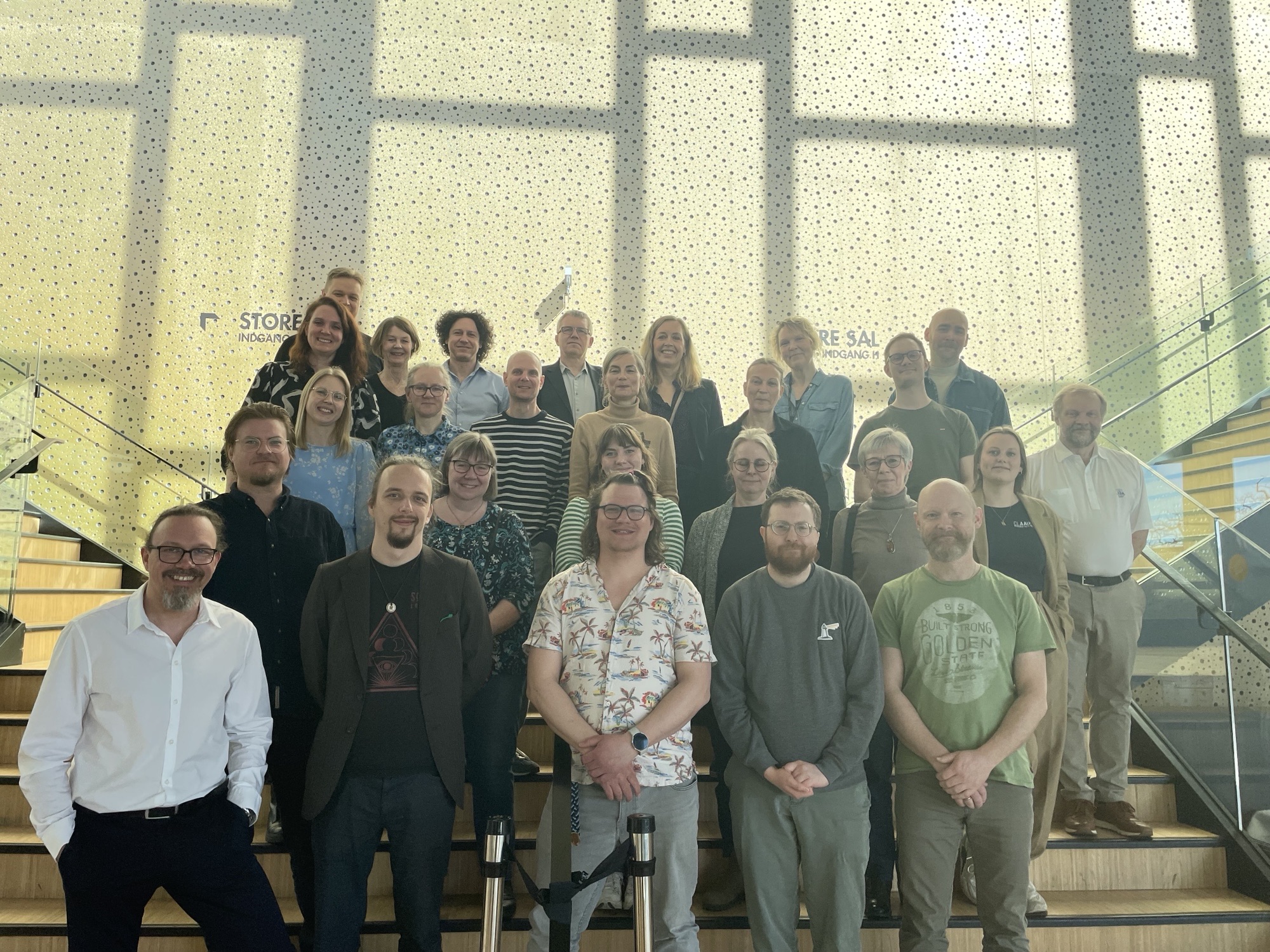Project framework
This case took a different approach, because TrygFonden found the FAIR principles very interesting in their context as a funding organization. So the case mostly was about how TrygFonden could use FAIR, and how to put up conditions about FAIR, if possible.
Knowledge of FAIR prior to case engagement
Beginning knowledge
When was tools used working towards FAIR in the case
Tools were shown to TrygFonden to ensure that if they set up conditions about FAIR, they know that the tools to help the researchers are present.
Which FAIR tools were used in the case and for what purpose
The whole list was presented.
What were the main challenges using FAIR in this case
Not relevant
What were the main benefits using FAIR in this case
- If TrygFonden as funding organization could make data more FAIR this would be of great interest for them, because it would mean that data they have paid for, would be Findable, Accessible, Interoperable and Reusable.
- TrygFonden could see that FAIR could improve the reuse of data. Not making it open data, but as open as necessary.
- The competences in the working group around FAIR, ensures Trygfonden that if researchers have questions or needs certain tools, TrygFonden knows who to ask.
Key learning points
- FAIR is not open data, but it will make data Findable, not depending on containing sensitive information or not.
- As a funding organization it’s important to look more into how to introduce this – data stewards or data managers could be the solution.
- As a funding organization they need to look into the budgets, if the researchers have calculated with time for doing good data and metadata. You usually get what you pay for.
Contact details
For further information on this case contact: Anders Hede, TrygFonden, ah@trygfonden.dk, Lea Sztuk Haahr, the Danish National Archives, lsh@sa.dk



